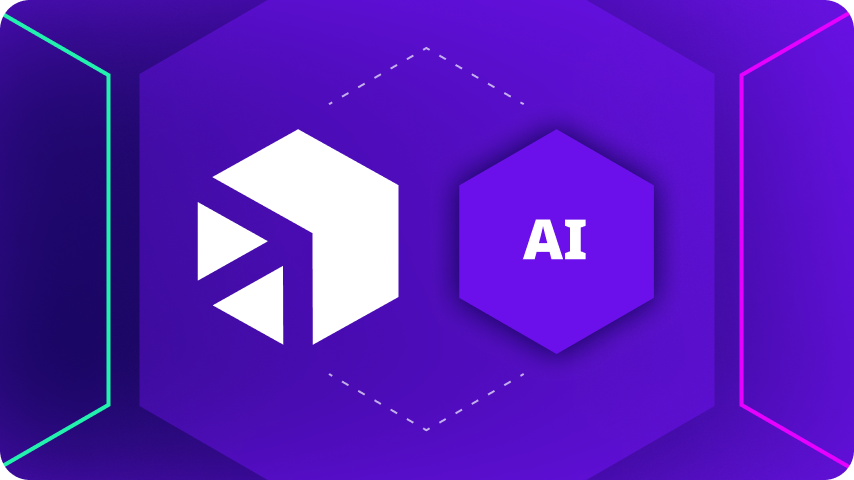
A inovação na Digibee é uma prioridade máxima. Afinal, nossa missão é ajudar nossos clientes em suas jornadas de transformação digital, então faz todo sentido que a Digibee evolua de forma similar.
Com algumas das mentes mais brilhantes do setor, a equipe Digibee tem uma curiosidade insaciável e um desejo inerente de melhorar continuamente como as empresas integram e inovam. Nossas melhores ideias se baseiam no nosso entendimento do que é necessário e do que vem a seguir. E então fazemos acontecer.
Um exemplo disso é o Assistente de IA da Digibee, uma nova funcionalidade no nosso portal de treinamento para clientes: o Digibee Academy 2.0. A tecnologia é única, impulsionada por IA, e personalizada para responder perguntas em tempo real de clientes que buscam informações.
Tem sido um projeto empolgante e estamos felizes em compartilhar isso com nossos clientes! Aqui estão mais detalhes sobre como a Digibee usará a IA, hoje e no futuro, para apoiar nossos clientes e avançar nossa tecnologia.
>> Agende uma demonstração personalizada com nossa equipe de especialistas e veja como o iPaaS da Digibee trará eficiência para o seu negócio.
Como a IA Ajuda os Usuários da Digibee
A Digibee acredita em capacitar os usuários de nossa plataforma e nossos colaboradores para ajudá-los a alcançar seu verdadeiro potencial.
Estamos muito orgulhosos de quão intuitiva é a plataforma de arrastar e soltar da Digibee para os Engenheiros de Soluções aprenderem e utilizarem, e de como rapidamente eles se tornam proficientes em construir, executar e monitorar integrações com o nosso iPaaS. No entanto, sempre buscamos aproveitar as melhores tecnologias e ideias disponíveis para melhorar continuamente a experiência do usuário.
Os avanços que estamos alcançando com a IA tornam mais fácil para todos encontrar as informações de que precisam em tempo real. Ela também nos oferece insights importantes para entender melhor as necessidades de nossos usuários, ajudando a informar como podemos melhorar e evoluir a plataforma Digibee.
Existem vantagens de curto e longo prazo para nossos clientes ao usarem nossa plataforma, e nosso iPaaS evoluirá com base no que aprendemos – tanto com os usuários diretamente quanto com o que podemos extrair da IA.
Ao contrário de muitos fornecedores de tecnologia de integração, o modelo de suporte da Digibee – incluindo a Academy e o nosso Assistente de IA – é fornecido gratuitamente. Nossos clientes não precisam pagar para aprender. E, enquanto nosso suporte é gratuito, nossos clientes realmente experimentam o benefício de nossa plataforma quando as rodinhas de treinamento são retiradas, oferecendo total autonomia para desenvolvedores e arquitetos.
A transformação de perceber a integração como um inibidor de crescimento para utilizá-la como um facilitador da inovação rápida está totalmente realizada.
O Futuro da IA para a Digibee
O futuro é promissor! A IA nos oferece uma variedade de oportunidades para elevar a experiência do cliente da Digibee e inovar nossa tecnologia iPaaS.
Para a implementação da Digibee Academy 2.0, criamos uma equipe ad hoc multifuncional de diferentes áreas dentro da organização, todas com habilidades relacionadas à ciência de dados e, a maioria, da equipe de Educação. Com base no sucesso que vimos até agora, estamos explorando a criação de uma função formal e/ou equipe para apoiar o desenvolvimento contínuo e a entrega de capacidades impulsionadas por IA.
Com a Digibee Academy, o modelo evoluirá além do formato de perguntas e respostas para fazer recomendações proativas de conteúdo com base nas necessidades de cada usuário. O sistema também irá classificar as tarefas e fornecer feedback personalizado para os usuários que aproveitam nosso modelo de treinamento autônomo.
Além da implementação atual, estamos examinando a aplicação da IA dentro do Digibee iPaaS. A equipe está explorando ativamente a UX conversacional e outras capacidades impulsionadas por IA, incluindo aprimoramentos na criação e manutenção de pipelines, a oferta de recomendações inteligentes e a automação de tarefas e processos para todos os usuários.
E Agora?
Hoje, estamos testando ativamente o sistema internamente na Digibee. O Assistente de IA fornecerá respostas em tempo real para perguntas relacionadas ao conteúdo no portal de documentação. Ele também ajudará os usuários a completar cursos de auto-treinamento, melhorar seu conhecimento e construir uma compreensão melhor do Digibee iPaaS.
Para mais informações sobre o Assistente de IA da Digibee, o Digibee Academy 2.0 ou a tecnologia iPaaS da Digibee, agende uma ligação de 15 ou 30 minutos conosco.



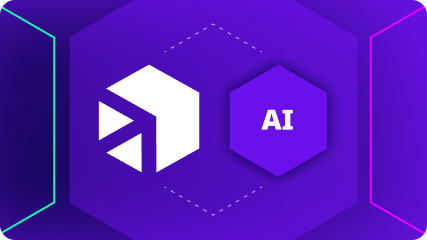




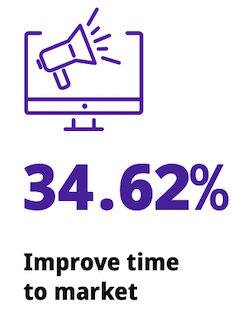 Quando um varejista consegue reduzir o tempo de mercado, o negócio é recompensado com mais dias de vendas. Especialmente no comércio eletrônico, onde os consumidores esperam encontrar os produtos mais atualizados a qualquer momento. Quando isso não acontece, é fácil para o próximo concorrente assumir a frente.
Quando um varejista consegue reduzir o tempo de mercado, o negócio é recompensado com mais dias de vendas. Especialmente no comércio eletrônico, onde os consumidores esperam encontrar os produtos mais atualizados a qualquer momento. Quando isso não acontece, é fácil para o próximo concorrente assumir a frente.
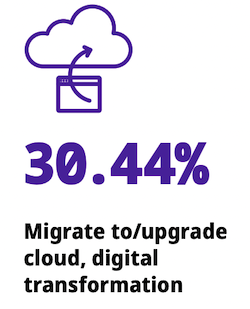 Dada a velocidade de inovação no varejo, esse resultado não é surpreendente. Nos últimos anos, vimos a rápida adoção de tecnologias como compras digitais, compras automatizadas e melhorias nos sistemas de gerenciamento de inventário. A transformação digital – e especialmente a nuvem – possibilitou todos esses avanços.
Dada a velocidade de inovação no varejo, esse resultado não é surpreendente. Nos últimos anos, vimos a rápida adoção de tecnologias como compras digitais, compras automatizadas e melhorias nos sistemas de gerenciamento de inventário. A transformação digital – e especialmente a nuvem – possibilitou todos esses avanços.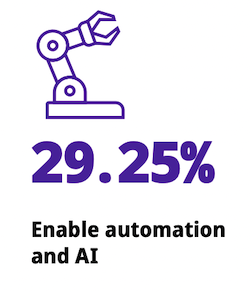 A prioridade da IA se reflete nos números globais do mercado de varejo, onde o mercado de IA deverá atingir cerca de US$ 45,74 bilhões até 2032, crescendo a um CAGR estimado de 18,45% de 2023 a 2032.
A prioridade da IA se reflete nos números globais do mercado de varejo, onde o mercado de IA deverá atingir cerca de US$ 45,74 bilhões até 2032, crescendo a um CAGR estimado de 18,45% de 2023 a 2032.






